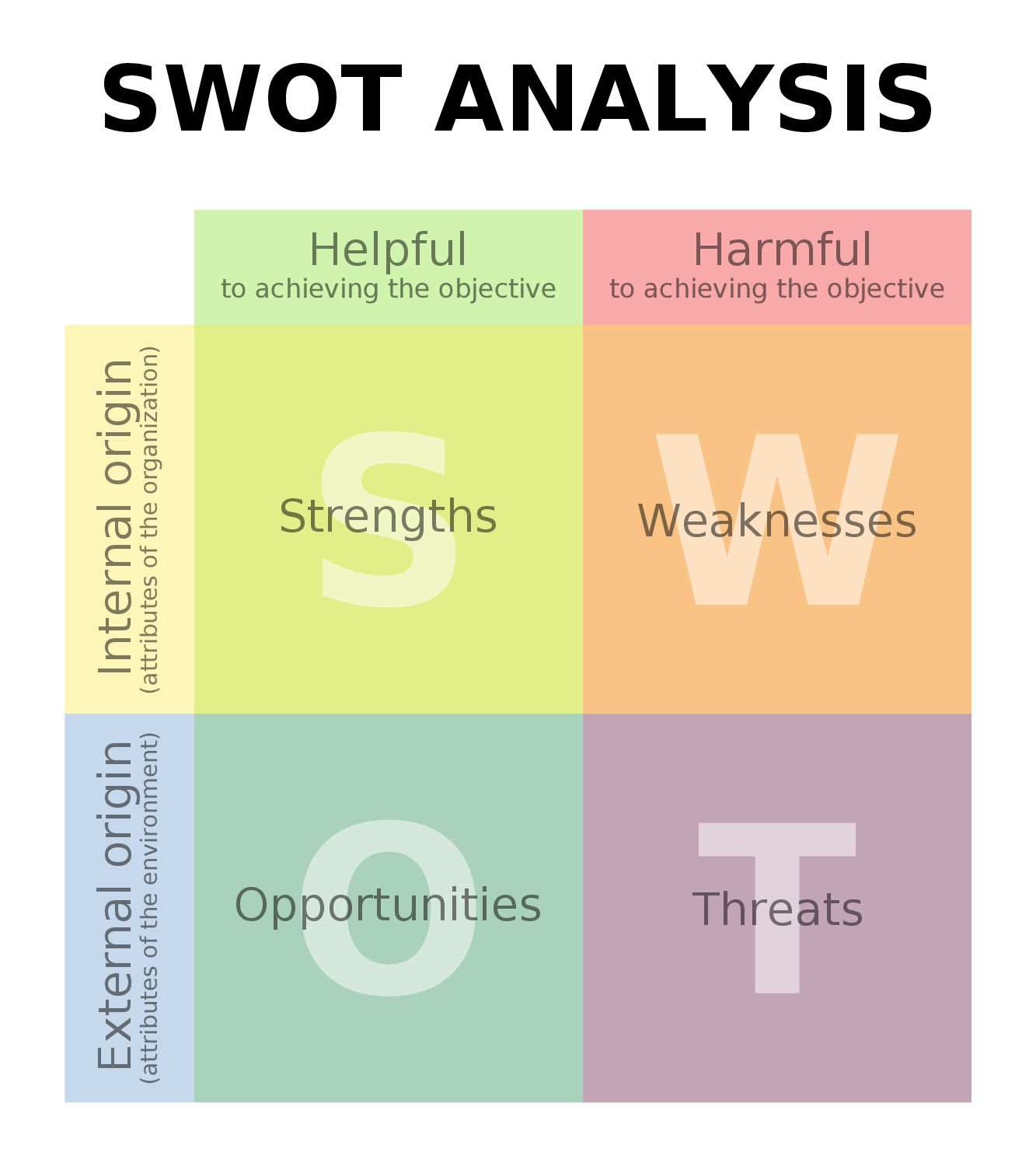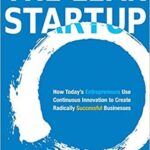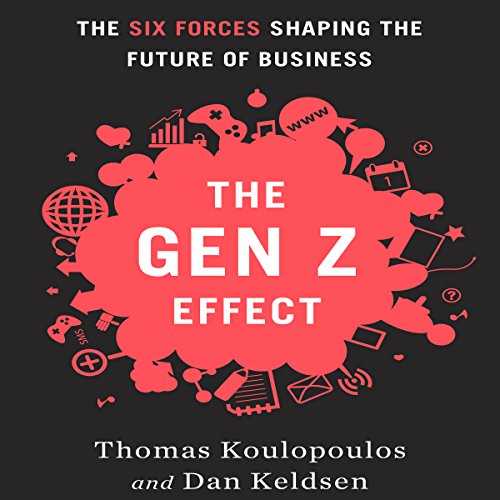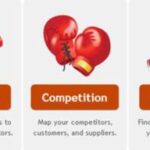At this point, we assume that you have reviewed your financing options and concluded that you can get the necessary funds to start your business.
Before any market analysis can be conducted, a business needs to know what it is good at and what it should leverage, what it is not very good at, and what it should monitor. That is where a SWOT analysis comes in.
Most businesses are obsessed with competition. The problem with that way of thinking is that competitors come and go. Aiming to be better than the competition means that the business direction is largely driven by what its competitors are doing. Instead, today’s businesses would be better served by focusing on the consumer and working toward constantly improving and adopting an infinite mindset.
Before you get too deep into ways to market your offering, you need to create mock-ups of what you plan to offer and leave the office to get some real-world feedback to validate that what you plan to offer is really something that your customers will value and pay for.
Before investing time and energy in engineering a final product, founders need to begin by developing a Minimum Viable Product (MVP) to validate their overall idea and concept, progress to a Minimum Marketable Product to see if others will exchange money for it, and get genuine user feedback, and finally scale the solution to create a Minimum Lovable Product that appeals to the mainstream users.
Using the data you received from showing your MVP to potential customers, you may need to pivot from your initial idea. The process that uses MVPs to refine your product offering is known as the Lean Startup Method.
Properly estimating the market for a product or service is critical to starting a successful business. Affinity matters more than promotion and advertising.
Proper market research is essential for startups, as it can prevent failure caused by a lack of demand or a viable market for their products or services.
Discover the 4 Types of Market Segmentation You Should Use to Tailor Your Marketing Efforts to Reach the Right Audience, Increase Loyalty, and Drive Revenue
When it comes to market analysis, the next question is related to who the customer is. Are they individual consumers or other businesses? When the customer of a business is an individual consumer, the business is considered a Business-to-consumer (B2C) type of business. However, when the customer is actually another business, we refer to them as a Business-to-business (B2B) type of business.
B2C
A buyer persona is a fictional representation of your ideal customer. Its goal is to gain insight and understanding about why buyers choose your offering.
When it comes to understanding the individual consumer, the next step is to recognize the difference between demographics and psychographics.
When it comes to understanding the individual consumer, many libraries license a tool called DemographicsNow that takes both demographic and psychographic information and organizes the population into groups and types. The DemographicsNow manual that describes the attributes of each type of consumer is difficult to locate in the tool, so here is a link to the manual that you can download:
MOSAIC (DemographicsNOW) Group and Type Manual
Here is a video demonstration showing you how to use the DemographicsNow tool to conduct market research.
When it comes to understanding how a person’s age translates into buying behavior, there are Demand Curves that were produced by the economist Harry Dent. Below are two posts that introduce the concept of demand curves.
You can download a copy of Harry Dent’s Demand Curves document that lists hundreds of products and services consumers buy based on their age.
When it comes to understanding the attitudes and behaviors of each generation, here is a post that looks at what shaped each generation.
Gen Z Is Not Simply a Generation Such as Baby Boomers or Millennials. Traditional Generational Boundaries Are Blurring in What Is Known As “The Gen Z Effect.”
Psychographics track a person’s interests, activities, and opinions.
Knowing the psychographics of a specific person or locating people who share common psychographic characteristics is possible with a database that is part of a toolset called Data Axle Reference Solutions (Formerly called Reference USA) that is available at many public libraries.
The following video is a quick tutorial on how to use the LifeStyle database portion of Data Axle Reference Solutions to discover what a specific person’s interests are and how to locate anyone else who shares these same interests.
The most successful businesses know how to create a movement by focusing on the smallest viable market.
Prospects Go Through 3 Distinct Stages During Their Buying Journey. Marketers Need to Understand Each Stage and Provide Them in The Proper Order.
There Is a Customer Development Process That Consists of Four-Steps. They Are Customer Discovery, Customer Validation, Customer Creation, And Company Building.
Businesses Should Employ a Three-Step Traction Process to Increase Their Chances of Finding the Right Marketing Channels to Achieve Explosive Growth
B2B
When your customer is another business, there are nine things every business customer wants.
It is also important to be able to target the right business with your offering. Many public libraries offer a tool called Reference USA that contains a powerful business database. Here is a video demonstration to show you how to use the business database in Reference USA to help you find and explore your target business customers.
Regardless of whether your business is a B2C or a B2B, SizeUp is a free tool to help a business understand how their business stacks up with other businesses in their industry.
When it comes to market research, businesses often make leap-of-faith assumptions. Many of these assumptions will prove to be incorrect, so it is a good idea to identify and test them before you build a business based on them.
There is a big difference between a person promising to buy what you are selling and being willing to exchange hard-earned dollars for it. Here is an excerpt from a video lesson from Boot Camp: Steps to Owning your Business, as well as a post on the lean-startup method that explains why and how to test your assumptions.
Below is a post that documents the three-page website in a little more detail as a way of verifying that customers are willing to exchange money for what the business is offering.





















